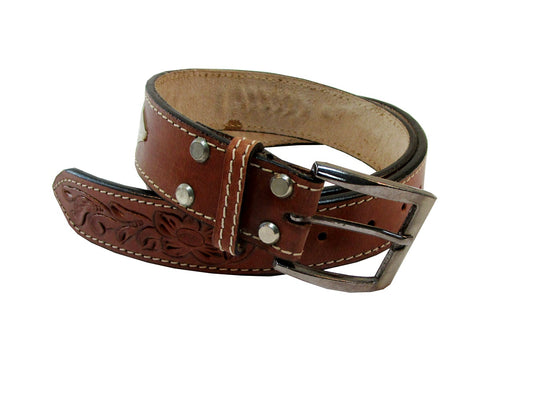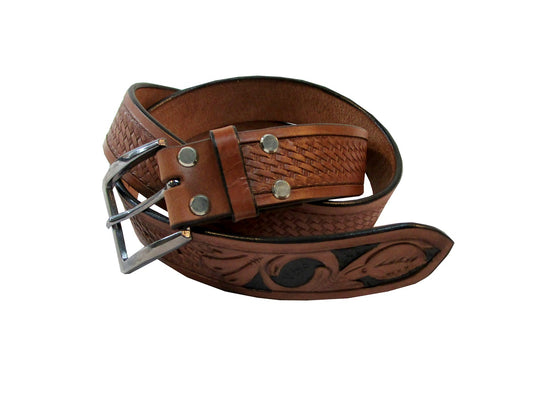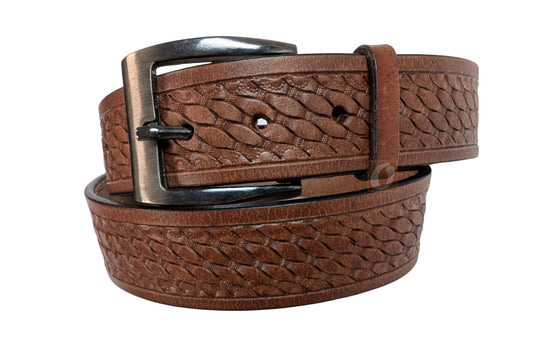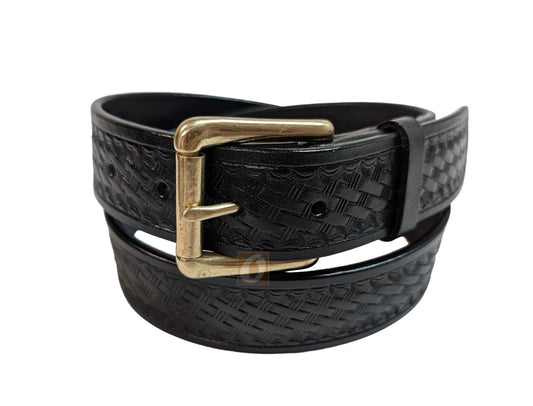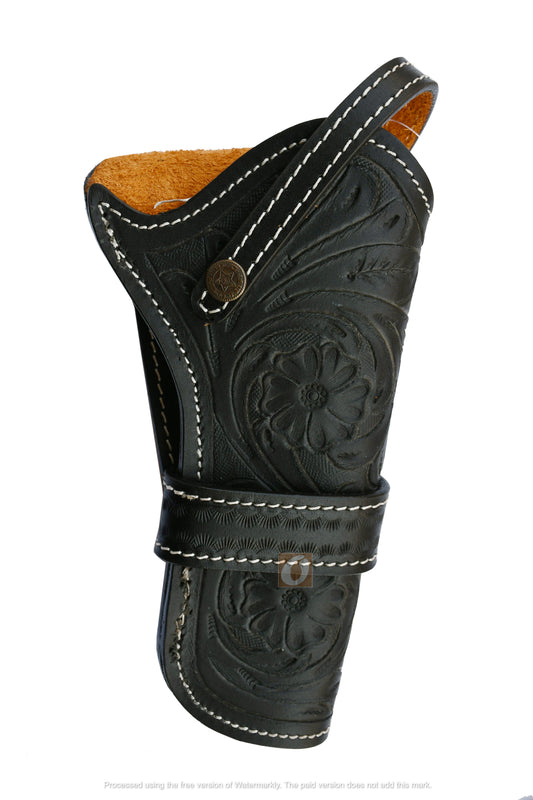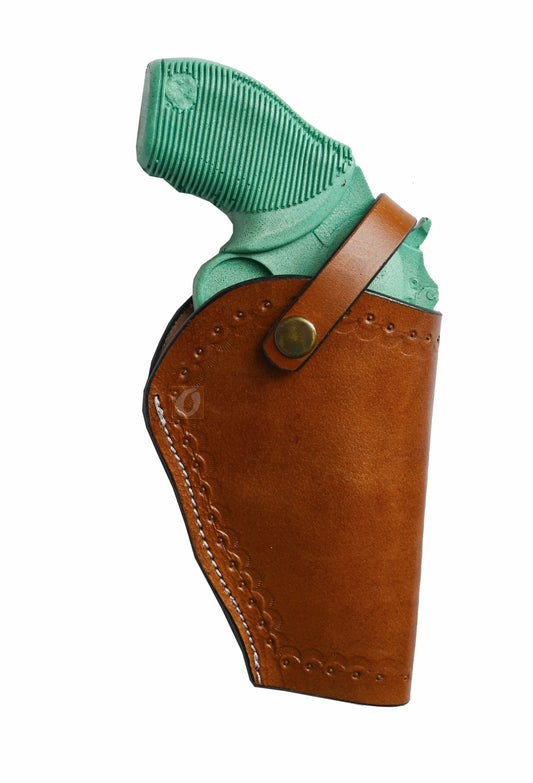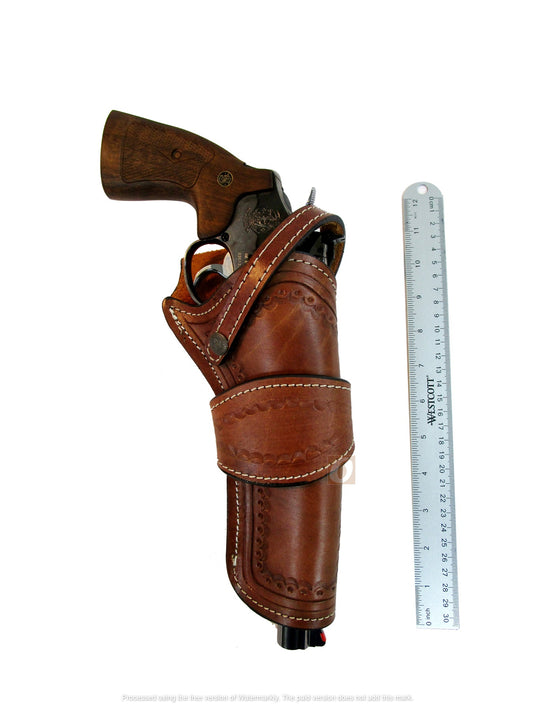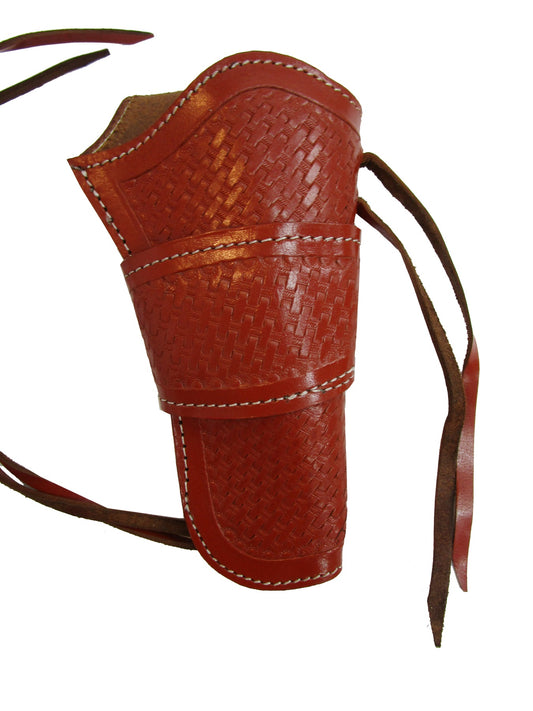How to Choose a Holster for Your Glock (or Any Specific Gun Model) ?
How to Choose a Holster for Your Glock (or Any Specific Gun Model) ?
When it comes to choosing a holster for your firearm, whether you're carrying a Glock, a 1911, or a SIG, the options can be overwhelming. With countless choices on the market, it's essential to consider the specific needs of your firearm, your preferred carry style, and your comfort level. Whether you're looking for the best holsters for concealed carry, holsters for everyday carry (EDC), or a custom holster tailored to your gun, this guide will break down everything you need to know to make an informed decision.
1. Size Compatibility: Know Your Gun Model
The first step in choosing the right holster is ensuring that it is compatible with your specific firearm. Each gun model, from a Glock to a SIG to a 1911, has distinct dimensions and unique features that affect holster fit.
For example, Glocks come in a range of sizes, from the compact Glock 19 to the full-sized Glock 17. While many holsters for Glocks will accommodate various models, some are tailored to a specific size or series. Similarly, 1911 pistols are known for their slim profile, which may require a different holster than a more compact handgun. SIG Sauer pistols, such as the SIG P320, often have a polymer frame with a unique shape, necessitating a holster that can securely hold the firearm.
When shopping for a holster for a handgun, it's important to check if the product description mentions compatibility with your specific make and model. A holster for Glock will typically be designed to fit the exact dimensions of that gun, ensuring a snug, secure fit.
2. Retention Systems: How Secure Do You Need Your Holster to Be?
Retention refers to how tightly the firearm is held in the holster and how easily it can be drawn. Different retention systems offer varying levels of security, depending on your intended use. For instance:
- Level I Retention: This is the most basic system, often found in IWB holsters (inside-the-waistband holsters) or OWB holsters (outside-the-waistband holsters). It typically uses friction or a simple snap or clip to keep the firearm in place. Ideal for concealed carry and casual everyday use, this level provides quick access but less security.
- Level II Retention: This adds a second step to releasing the firearm, such as a thumb break or trigger guard lock. It’s a good middle-ground option for those who need extra security without sacrificing too much draw speed.
- Level III Retention: Common in duty holsters, this system incorporates a locking mechanism that requires a deliberate action to disengage. Perfect for law enforcement or military applications, it provides maximum security but can slow down your draw.
If you’re selecting a holster for Glock , SIG, or any other handgun, choose a retention level that matches your needs—whether for fast access or a more secure fit. For everyday carry, IWB holsters with Level I or II retention are often the best choice, while a holster for revolver or duty gun may require higher retention.
3. Carry Position: Where and How Will You Carry?
The position of your holster affects both comfort and accessibility. Common carry positions include:
- IWB (Inside-the-Waistband) Holsters: Popular for concealed carry, an IWB holster tucks inside your waistband, making it easy to conceal your firearm under a shirt or jacket. Best holsters for concealed carry are often IWB, as they allow for a more discreet profile.
- OWB (Outside-the-Waistband) Holsters: For those who prefer open carry or need quick access to their firearm, an OWB holster might be a better choice. These holsters typically sit outside your waistband and are more comfortable for all-day wear, though they are more visible.
- Cross Draw Holsters: A cross draw holster allows you to carry your firearm on the opposite side of your body, where you would draw it across your body. These are especially useful for drivers or those who need to sit for long periods.
For EDC holster purposes, comfort is key. If you're looking for something low-profile and comfortable for all-day wear, leather holsters are a great option. Leather is durable, molds to your body, and provides a secure fit for handguns like Glocks and SIGs.
4. Material: Leather, Kydex, or Nylon?
Holsters come in a variety of materials, each offering distinct benefits:
- Leather Holsters: If you're looking for a classic leather gun holster, this material provides durability and a comfortable, form-fitting design. Leather molds to the shape of your firearm and your body, making it a popular choice for those who want both style and functionality. Western gun holsters are a great example of leather designs, offering comfort and aesthetics.
- Kydex Holsters: Kydex is a form of plastic that’s known for its rigidity and retention. Kydex holsters tend to be less bulky, provide a snug fit for your gun, and allow for quick draws. These are often seen in holsters for everyday carry and holsters for concealed carry, offering more streamlined options for those who need efficiency.
- Nylon Holsters: While not as popular as leather or Kydex, nylon holsters are often more affordable and lightweight, making them a good option for casual carry.
For your Holster for SIG, Holster for Glock, or other popular models, Kydex is a great choice if you prioritize retention and quick access. For holsters for revolvers, leather might provide a more classic and comfortable fit, while custom holsters can be made from a combination of materials tailored to your needs.
5. Custom Holsters: Tailored to Your Needs
If you're looking for something more personalized, custom holsters are a great option. These are often made to fit your exact firearm model and preferences, offering unique features like adjustable cant or ride height. Whether you're after a holster for defender or just want a holster that's specifically tailored to you, custom options allow you to fine-tune the fit, material, and features.
Custom holsters can also be made for specific carry methods, such as cross draw holsters or IWB holsters with special modifications. Some manufacturers even offer a **holster for pistol** that’s specifically designed for unique body types or wear preferences.
Conclusion: Choosing the Right Holster
Selecting the best holster for your gun comes down to understanding your carry needs and the unique characteristics of your firearm. Whether you're looking for a holster for Glock, holster for SIG, or any other handgun model, make sure to consider size compatibility, retention systems, material, and the intended use (EDC or concealed carry).
Don’t forget about comfort—after all, a holster that isn’t comfortable won’t be something you want to wear every day. With the right holster, you can enjoy better accessibility, security, and comfort while carrying your firearm.
At Saddle Online Shop, we offer a wide variety of firearm holsters, including leather gun holsters, custom holsters, and holsters for everyday carry. Browse our selection today and find the perfect fit for your Glock, SIG, 1911, or any other handgun model!
If you are looking for Gun Holster . Visit our Holster collection . Our Holster for Revolver are handcrafted. Our Leather Holster are great to secure your firearms.

